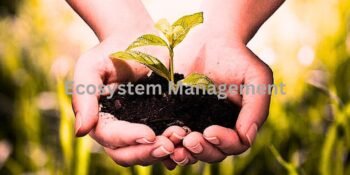Key Points:
- Robotic exoskeletons offer new mobility solutions for individuals with disabilities, enhancing independence and quality of life.
- Exoskeletons reduce worker fatigue and injuries, boosting productivity and safety in manufacturing and heavy labor.
- With integrated health monitoring and communication systems, military exoskeletons enhance soldier endurance and load-carrying capacity.
- Integrating AI, machine learning, and neural interfaces promises even more advanced and intuitive exoskeleton technologies.
In a landmark development, robotic exoskeletons are set to revolutionize mobility and physical augmentation. These wearable robotic suits, designed to enhance human strength and mobility, are poised to impact healthcare, industry, and everyday life significantly.
One of the most promising applications of robotic exoskeletons is in the healthcare sector, where they offer new hope to individuals with mobility impairments. Engineers at MIT have developed an advanced exoskeleton that can assist people with paraplegia in walking. This next-generation suit uses lightweight materials and AI-driven actuators to provide smooth and natural movements. The suit’s sensors detect the user’s intentions and adjust the support accordingly, making it easier for users to perform everyday tasks independently.
In the industrial realm, companies like Ford and General Electric are integrating robotic exoskeletons into their manufacturing processes. These exoskeletons are designed to reduce worker fatigue and prevent injuries by supporting heavy lifting and repetitive tasks. The latest models come equipped with smart sensors that monitor the user’s posture and movements, providing real-time feedback to enhance ergonomics and safety. By reducing physical strain, these exoskeletons improve worker well-being, increase productivity, and reduce downtime caused by injuries.
The defense sector is also seeing significant advancements with the deployment of robotic exoskeletons designed to enhance soldier endurance and strength. DARPA has unveiled a prototype exoskeleton that allows soldiers to carry heavier loads over longer distances without fatigue. This “super-soldier” suit includes powered joints and a lightweight frame, enabling troops to move quickly and efficiently in challenging terrains. The military exoskeletons also have built-in communication systems and health monitoring features, ensuring soldiers can perform efficiently during operations.
Beyond specialized applications, robotic exoskeletons are increasingly being designed for everyday use. Startups like ReWalk and Ekso Bionics are developing consumer-friendly exoskeletons that can assist older people and individuals with chronic conditions in maintaining mobility and independence. These devices are becoming more affordable and user-friendly, with features like adjustable support levels and customizable fit to cater to a wide range of users.
Looking ahead, the future of robotic exoskeletons is incredibly bright. Researchers are exploring the integration of advanced AI, machine learning, and even neural interfaces to create more intuitive and responsive systems. The goal is to develop exoskeletons that seamlessly integrate with the human body, offering enhanced capabilities without sacrificing comfort or mobility.
As these technologies continue to evolve, robotic exoskeletons are set to become a common sight, transforming lives by providing enhanced strength, mobility, and safety across various domains.











